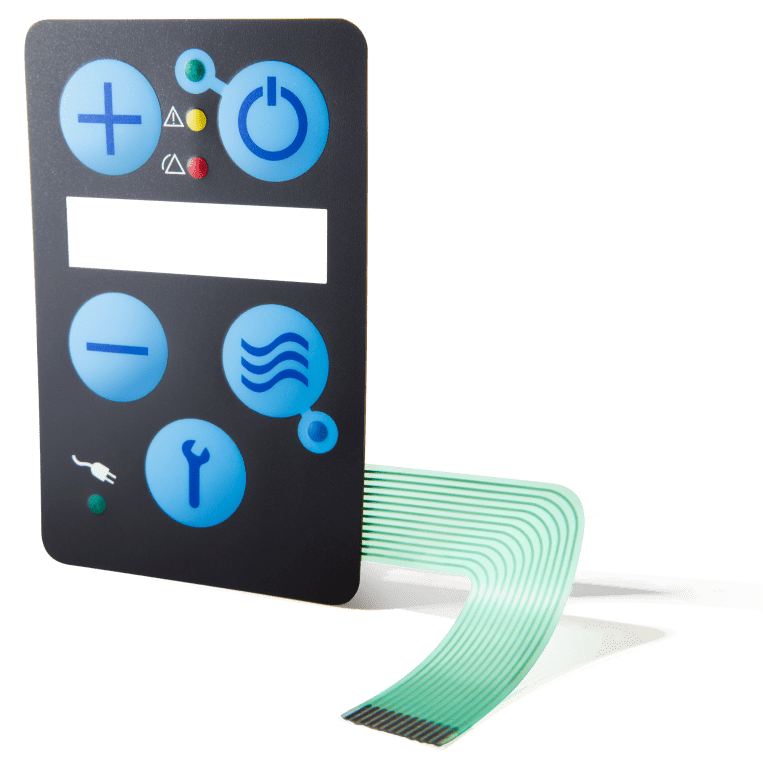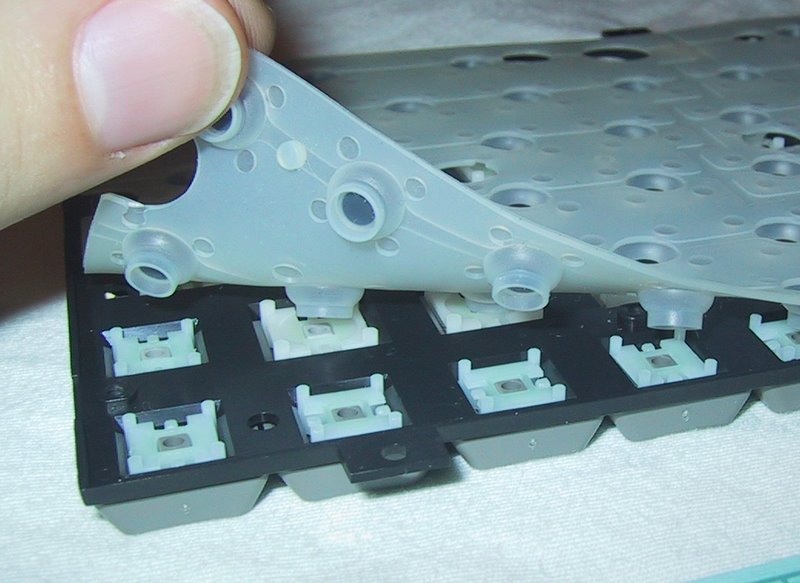The Role of Membrane Switches in Improving Product Durability and Efficiency
The Role of Membrane Switches in Improving Product Durability and Efficiency
Blog Article
Why Membrane Switches Over Are Essential for Durable Control Systems
Membrane layer switches play a pivotal duty in guaranteeing the toughness and dependability of control systems across different industries. As we explore the diverse benefits of membrane buttons, it becomes obvious that their significance transcends simple functionality, affecting user experience and functional performance.
Overview of Membrane Buttons
Membrane layer buttons are versatile and reputable elements frequently used in various electronic control systems. The graphic overlay offers both useful and visual style, while the spacer layer makes sure that the switches are turned on only when pushed.
Membrane layer buttons are often preferred in applications requiring a compact and lightweight design, making them perfect for handheld gadgets, clinical tools, and commercial equipment. They can be personalized to meet particular user requirements and can incorporate different functions such as backlighting, tactile feedback, and numerous shades. In addition, membrane switches are immune to dirt, wetness, and contaminants, making them appropriate for atmospheres where longevity is crucial.
Benefits of Longevity
In lots of applications, the longevity of membrane changes offers substantial benefits that enhance their total efficiency and integrity. These switches are designed to hold up against rough settings, making them excellent for use in requiring conditions such as high moisture, extreme temperature levels, and direct exposure to chemicals. Their durable building helps to avoid damages from physical effect, making sure durable functionality and minimizing the demand for frequent substitutes.
Furthermore, membrane layer switches are immune to wear and tear, which is important in applications where frequent interaction takes place. This sturdiness translates to lower upkeep costs, as organizations take advantage of lowered downtime and fewer service disruptions. Furthermore, the encapsulated style of membrane layer switches shields inner components from dust and dampness ingress, more contributing to their lifespan.
Another benefit is their ability to maintain consistent performance in time. With a high tolerance for mechanical stress, these switches preserve their tactile responses and electric stability, guaranteeing individual contentment. Inevitably, the resilience of membrane changes not just boosts functional performance but additionally fosters confidence in their dependability, making them a favored option for control systems across various industries.
Applications in Numerous Industries
Sturdy control systems using membrane layer buttons discover considerable applications throughout an array of sectors, each profiting from the special qualities these switches supply. In the clinical market, membrane layer switches are important for tools such as individual screens and diagnostic equipment, where integrity and ease of cleansing are extremely important. Their resistance to dampness and pollutants guarantees they maintain performance in sterilized environments.
The automotive sector leverages membrane switches for dashboard controls and infomercial systems, where they give smooth, low-profile interfaces that boost individual experience. These buttons are also designed to withstand rough problems, including direct exposure to severe temperatures and vibrations.
In commercial settings, membrane layer buttons are commonly made use of in machinery control board, using responsive feedback and sturdiness necessary for high-usage applications. Their capacity to resist chemicals makes them ideal for producing settings where spills and pollutants are frequent.

Customer electronics, such as kitchen devices and remote controls, additionally use membrane buttons for their versatility and cost-effectiveness. Generally, the adaptability and durable nature of membrane switches make them vital across numerous industries, guaranteeing effective procedure and long life in control systems.
Design and Aesthetic Allure
While performance is vital, the layout and aesthetic appeal of control systems equipped with membrane switches play an essential function in customer involvement and great site total experience (membrane switch). The aesthetic design of these switches can substantially affect customer understanding and communication. A well-designed membrane layer button boosts the attractiveness of the device, making it more enticing to users and fostering a connection between the user and the item
Membrane layer switches provide a good deal of versatility in style, permitting suppliers to tailor graphics, shades, and structures to straighten with brand identification and product looks. The usage of vibrant shades and visit this web-site distinctive patterns can draw focus, while responsive feedback can strengthen the customer's interaction with the tool. In addition, the capacity to integrate LED indications and backlighting into the membrane button design supplies both useful and visual advantages, boosting exposure and usability in numerous atmospheres.

Enhancing User Experience

In addition, membrane switches can be personalized to integrate visual user interfaces, boosting functionality by offering details in a clear and intuitive manner (membrane switch). This modification can include icons, tags, and shade coding that guide users through complicated performances with convenience. In addition, their flexibility permits for assimilation in numerous environments, ensuring regular efficiency whether in commercial machinery or consumer electronics
The resilience of membrane switches also plays a critical function in individual experience. By enduring severe conditions and prolonged usage, these switches lower the possibility of system failures, thus advertising integrity and customer confidence. Eventually, the tactical use membrane layer switches over not just elevates capability but likewise considerably enriches user communication with control systems, making them a vital part in contemporary design.
Final Thought

Report this page